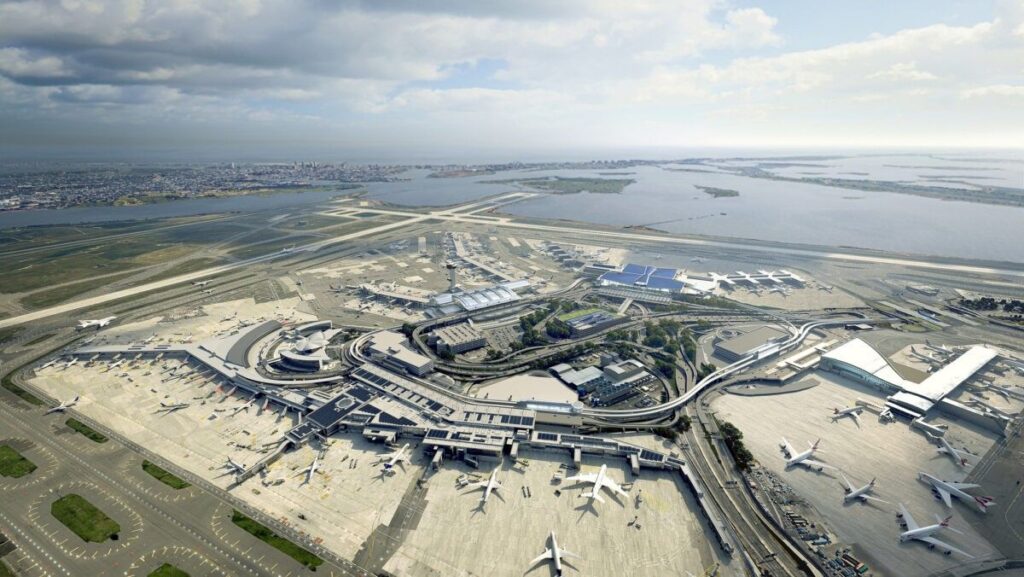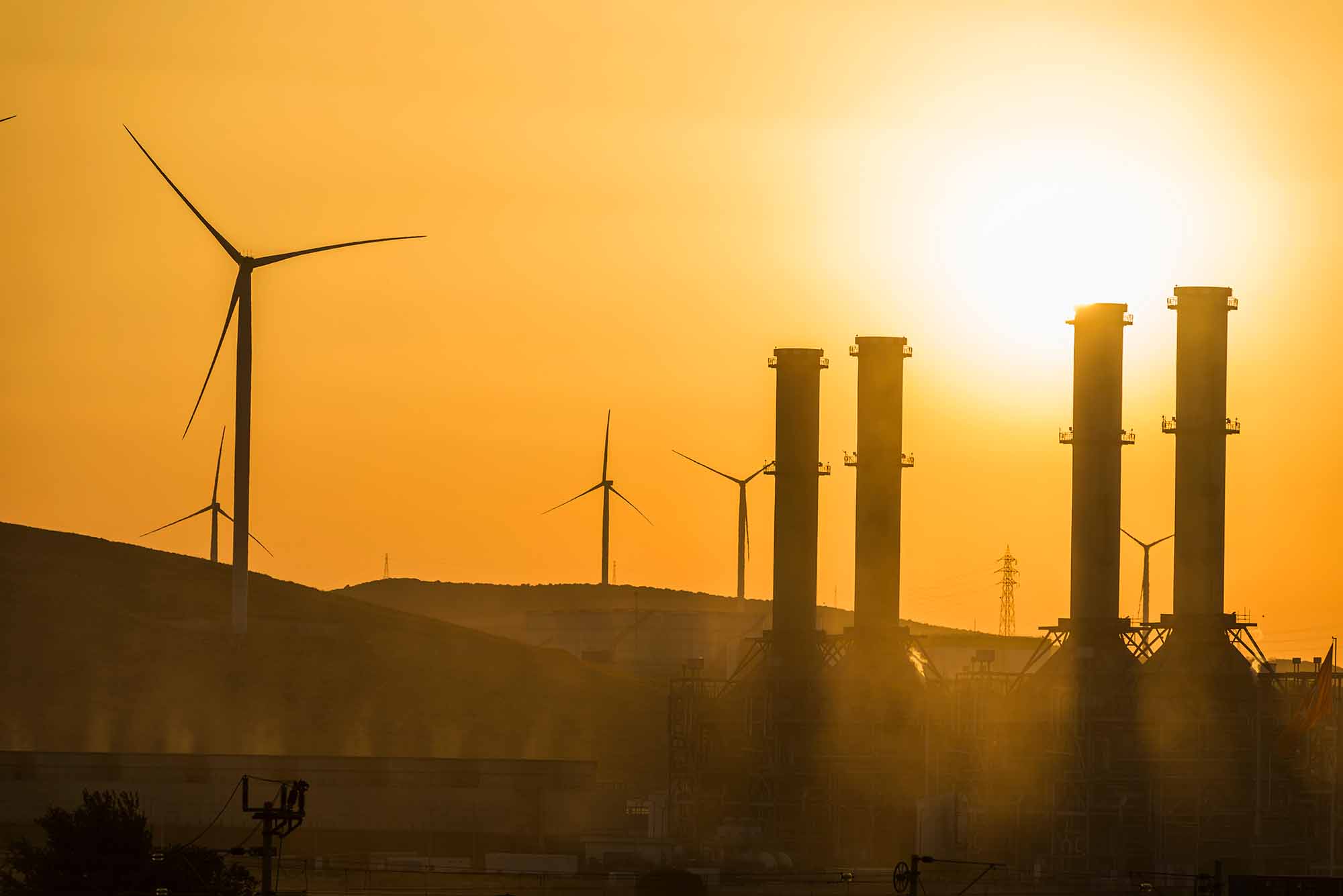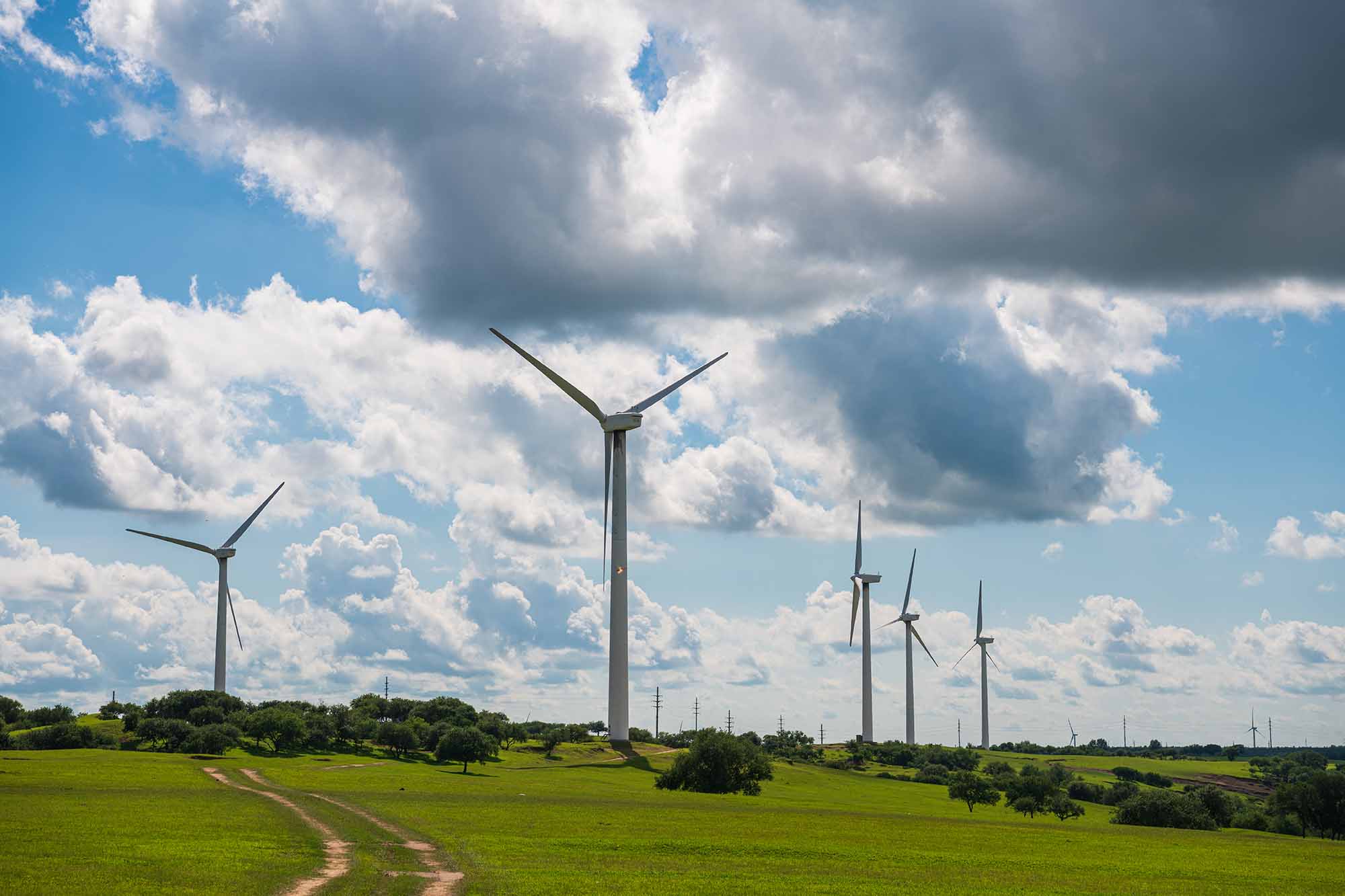WWW.RENEWABLEENERGYWORLD.COM
New York City is beginning Climate Week 2024 with a bang, announcing the start of construction on a massive microgrid project at John F. Kennedy International Airport’s New Terminal One.
Energy as a Service (EaaS) provider AlphaStruxure will construct, operate, and maintain a 12-megawatt (MW) microgrid that will distribute energy from solar panels, fuel cells, and a battery energy storage system to power the terminal’s everyday operations, meeting about half its daily load. All of the power generated on-site will stay at the airport.
The microgrid will include the largest solar canopy in New York City and the biggest at any U.S. airport- a 6.63 MW array containing more than 13,000 panels, blanketing an area the size of six and a half football fields on the new terminal’s roof. It will provide a valuable case study due to federal requirements regarding mitigating glare at airports, according to The Port Authority of New York and New Jersey.
AlphaStruxure CEO Juan Macias says his team is currently installing raceways on the roof of the new terminal and will soon begin assembling the rack structure to prepare for the installation of solar panels, which will begin next year.
The microgrid will also utilize 3.84 MW of fuel cells and 1.5 MW/3.34 MWh of battery energy storage. Among other cool tricks, the microgrid will recover waste heat from the fuel cells to generate chilled water and hot water for the terminal.
“One of the things we’re most excited about, that’s actually a first in the industry, is we’ll have all-electric ground service equipment,” revealed Jennifer Aument, CEO of the New Terminal One.
Key electrical generation infrastructure will be strategically placed in four clusters around the new terminal to create a single smart energy system that can operate independently from or connected to the main power grid. Each “power island” will function as a hyper-localized, self-sufficient energy system with sources of generation, storage, and advanced automation and control. If one island needs to be taken down for routine maintenance, the other three can remain online. This unique configuration provides extra resiliency in the event of a power outage.
“This microgrid is one of the most advanced ever built,” Macias explained. “In fact, it’s really four microgrids that are federated as one, some of which are on the roof and some that will be at ground level. All of these four microgrids are integrated into a single digital system that allows them to coordinate on a seamless basis.”
Schneider Electric will supply a comprehensive building management system built on its Ecostruxure software platform that will be integrated with the microgrid.
“Through the software, we are able to provide New Terminal One with a holistic view of the terminal building, the microgrid, and its on-site data center,” detailed Schneider Electric North American microgrid president Jana Gerber. “New Terminal One will be able to optimally control the temperature of the building to ensure comfort of the airport occupants, control lighting, and monitor the terminal’s energy efficiency and energy consumption. This is going to allow New Terminal One to meet its energy efficiency, cost savings, and sustainability targets.”
The Port Authority, in partnership with the New York Power Authority, will also construct a 12 MW solar canopy at JFK’s long-term parking lot 9 that will include 7.5 MW of battery storage for airport peak energy use and a 6 MW community solar generation facility, as well as provide covered parking for 3,000 vehicles.
Project partners include AlphaStruxure’s two parent companies, Schneider Electric and Carlyle. Schneider will handle microgrid technology, controls, software, and services, while Carlyle provides financing for the microgrid. Other project partners include Burns, serving as owner’s engineer on the project; E-J Electric Installation Co. as the design-builder; Vanderweil Engineers as the engineer of record; BOND Civil & Utility Construction as the mechanical contractor; and HyAxiom, a Doosan company, as the provider of fuel cells and their maintenance.
“I think this is a super exciting project,” added Gerber. “Airports are very large energy users and very critical infrastructure, so making sure that we can help with the onsite power and that ability to really create a great experience for the airport passengers is an important piece.”
The $9.5 billion development of New Terminal One broke ground in September 2022. The $1.5 billion expansion of Terminal 4, led by Delta Air Lines and JFK International Air Terminal, is now under construction. The New Terminal One is being built on sites now occupied by JFK’s Terminal 1, the recently closed Terminal 2, and the former Terminal 3, where it will anchor the international airport’s south side. Construction is taking place in phases. The first phase is expected to open in 2026 and New Terminal One is anticipated to be completed by 2030.












